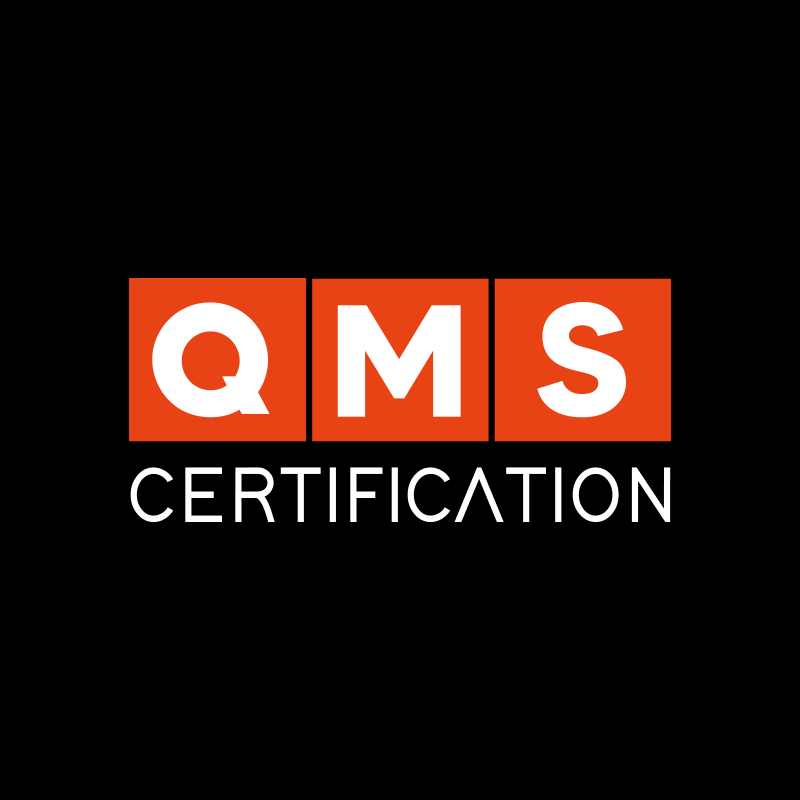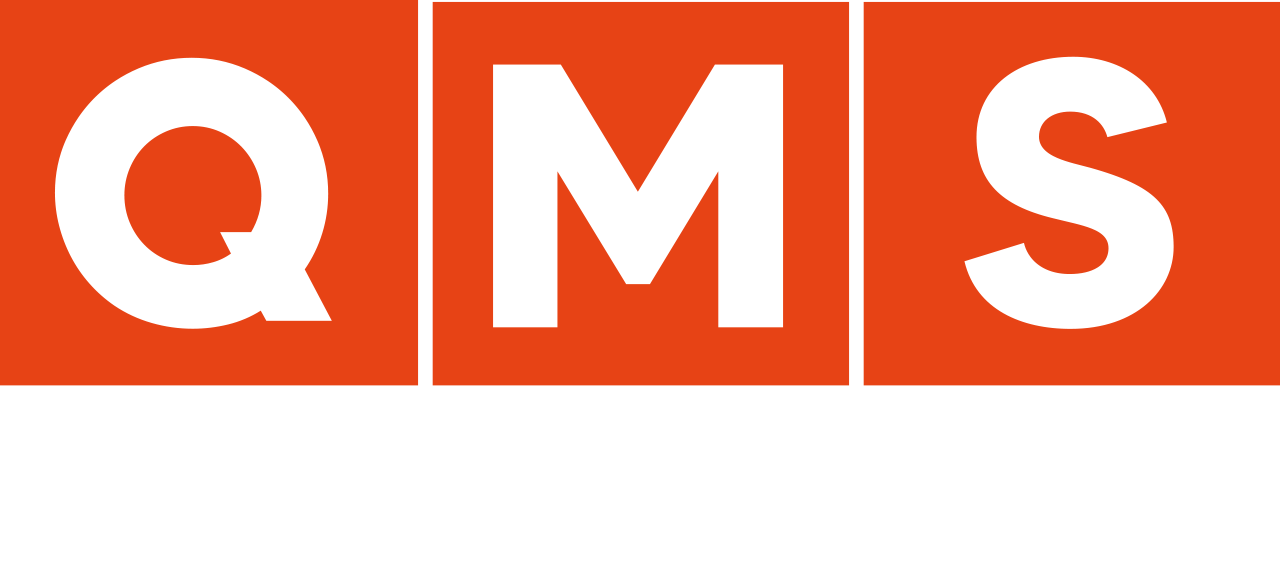Critical analysis of indicators is essential to maintain the integrity of the quality management system and ensure improvements. However, the analysis process can raise many questions, and many professionals struggle to carry it out.
Without a thorough analysis of indicators, it is very difficult to understand the direction the organization is taking and whether its strategy is truly being executed. In such cases, it is common for the desired results to not be achieved, and the organization may struggle to make truly effective decisions to change this situation.
Therefore, in today’s article, we will explain how to conduct a critical analysis of an indicator and what aspects to consider. It should be noted that there are many contexts, and what is mentioned here needs to be adapted to best serve your company’s objectives.
What is critical analysis of indicators?
In summary, critical analysis of indicators is the meticulous and reflective process of understanding the organization’s performance. It involves a systematic approach to examining the validity, reliability, and usefulness of the indicators used.
The critical analysis of an indicator needs to go through various stages and take into account the results of that indicator over time and the context in which it is used. It is common to confuse the analysis of the indicator’s results with the critical analysis of the indicator itself.
The analysis of the results of an indicator aims to understand if the company’s actions meet expectations, bringing the desired results. On the other hand, the critical analysis of the indicator aims to understand if that indicator is still effective in measuring the company’s performance.
How to conduct a critical analysis of an indicator?
Essentially, the critical analysis of an indicator involves understanding its relevance within the organization’s management system. Therefore, it is necessary to establish a connection between this indicator and the most relevant factors of the company.
To do this more efficiently, we can rely on a series of questions that can assist us in the analysis. By way of example, let’s provide some possible questions below and what they can reveal about the indicators. Let’s see:
- Relevance level: Is the indicator aligned with the company’s strategic objectives?
- Objectivity level: Is the indicator objective and measurable? Is it possible to obtain precise data and record them for calculation?
- Action demonstration: Does the indicator provide clear information on what actions can be taken to improve performance?
- Scope level: Does the indicator cover critical areas of the business? Does it consider all relevant aspects for the company, such as finances, customers, internal processes, and learning and growth?
- Comparability: Does the indicator allow for comparisons over time or with industry benchmarks? Does it enable the evaluation of performance against established goals?
- Comprehensibility level: Is the indicator understandable to all stakeholders? Can interested parties easily grasp what it measures and why it is important?
- Cost relationship: Is the cost of collecting and analyzing the necessary data to calculate the indicator justified in relation to the benefits obtained?
- Evolution: Can the indicator evolve over time, adapting to changes in the context, needs, and objectives of the company?
- Complementarity: Can the indicator be used in conjunction with other indicators to provide a systemic view of the company’s performance?
Frequency of analysis
Just like the indicators themselves, the critical analysis of indicators needs to be conducted regularly. The company’s context is constantly changing, so indicators that are relevant and important today may not be so in a month or two.
There is no standard period, and it will depend on the context of your company. However, it’s worth considering that every time the strategic planning is altered, the indicators will likely change as well.
Additionally, it is valuable to think about conducting an analysis on an annual basis. This allows for maintaining the overall relevance of the indicators and implementing any necessary adjustments.
Performing a critical analysis of an indicator does not necessarily mean that it will change or cease to exist; it simply means that we will assess its importance for the company. It may remain unchanged, be excluded from the system, or undergo minor changes. The key is to understand whether it makes sense to measure the current performance of the organization.
Organization context and critical analysis of indicators
These are just a few examples of questions that can help us understand the importance or disposability of an indicator. Answering just one of these questions in isolation may not be very useful.
For instance, the cost relationship analysis, which aims to determine the economic viability of maintaining an indicator, is extremely important. However, an indicator can be vital for the company even if it has an expensive maintenance indicator. Thus, after the critical analysis, the company’s task will be to find ways to make that indicator more cost-effective.
However, something that may raise a red flag regarding the existence of an indicator is its connection to the company’s strategy. It’s important to evaluate this within your context, but isolated indicators that have no connection to the strategic objectives of the company can be problematic.
In any case, the final and most important lesson is to analyze the indicator within the context of your management system and the particularities of your company.











